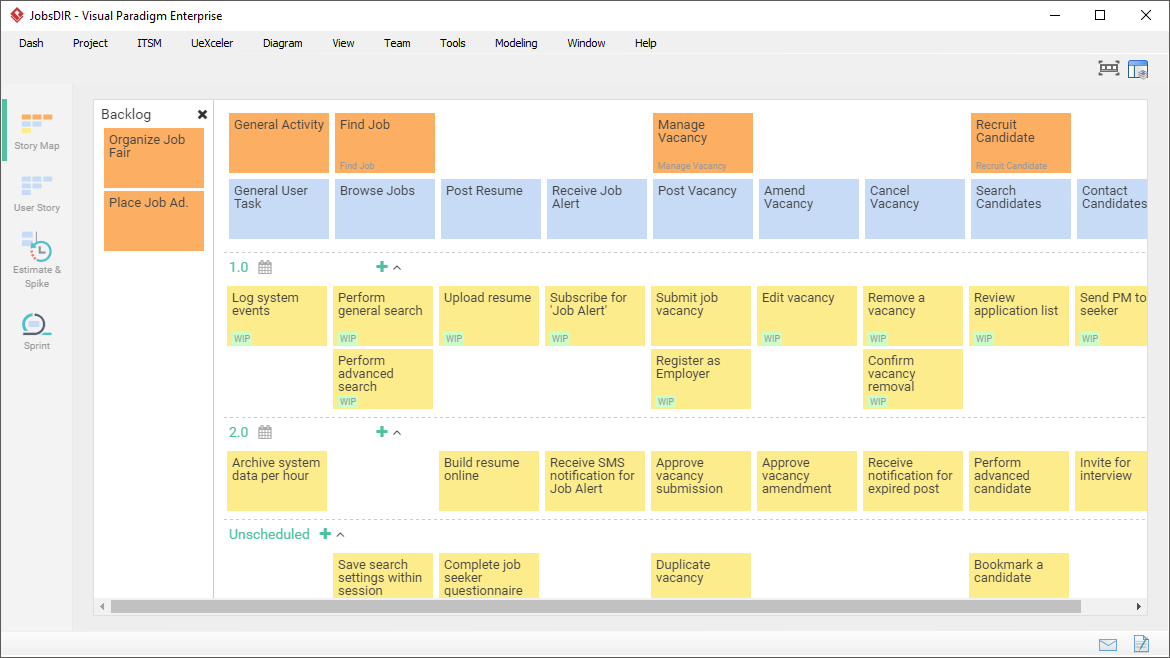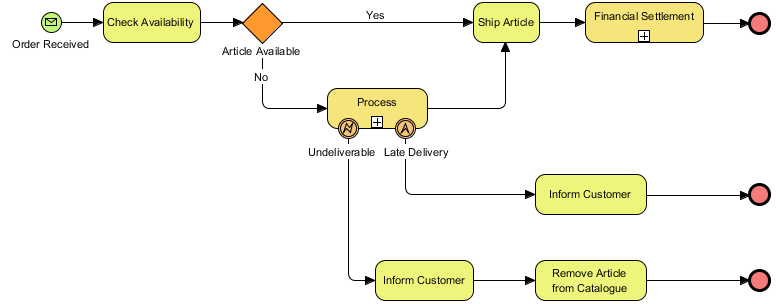Businesses, large and small, unquestionably juggle numerous projects, plans, tasks and people. The primary purpose of project management software is to help managers plan, execute and control all aspects of the project management process (such as PMBOK or PRINCE2). Visual Paradigm helps your team to kick-start any size of IT projects with automated guide-through process, with step-by-step instruction, input references and samples.
Continue reading









